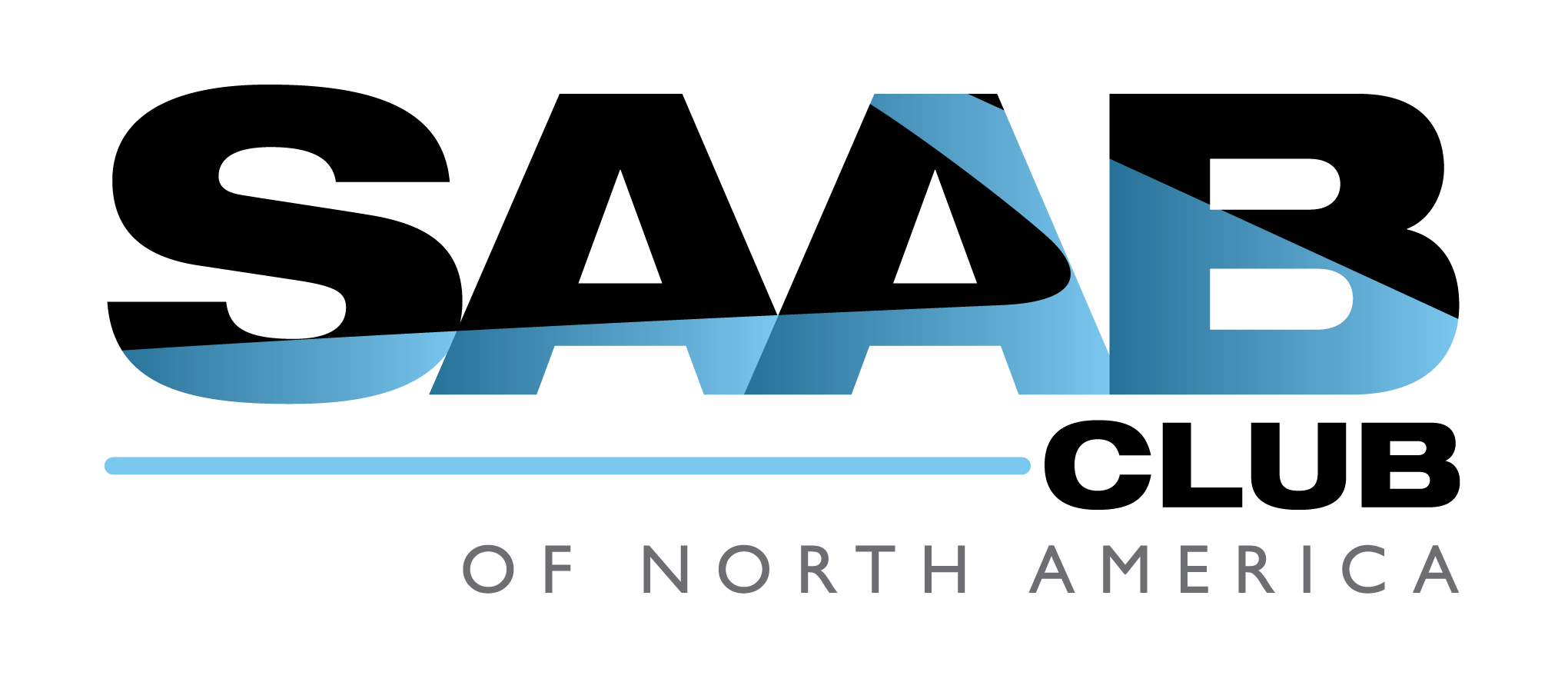Cylinder Leakage Test
| Cylinder Leakage Test |
Special Tools
EN-35667-A Cylinder Head Leakdown TesterFor equivalent regional tools, refer to Special Tools (LDK, LHU) .
| Note | ||
|
A leakage test may be performed in order to measure cylinder/combustion chamber leakage. High leakage may indicate one or more of the following conditions: |
| • |
Worn or burnt valves
|
|
| • |
Broken valve springs
|
|
| • |
Stuck valve lifters
|
|
| • |
Incorrect valve lash/adjustment
|
|
| • |
Damaged piston
|
|
| • |
Worn piston rings
|
|
| • |
Worn or scored cylinder bore
|
|
| • |
Damaged cylinder head gasket
|
|
| • |
Cracked or damaged cylinder head
|
|
| • |
Cracked or damaged engine block
|
|
| 1. |
Disconnect the battery ground negative cable. |
|||||||||||||||
| 2. |
Remove all spark plugs. Refer to
Spark Plug Replacement
.
|
|
| 3. |
Rotate the crankshaft to place the piston in the cylinder being tested at top dead center (TDC) of the compression stroke.
|
|
| 4. |
Install the
EN-35667-A
Tester or equivalent.
|
|
| 5. |
Apply shop air pressure to the EN-35667-A Tester and adjust according to the manufacturers instructions. |
|||||||
| 6. |
Record the cylinder leakage value. Cylinder leakage that exceeds 25 percent is considered excessive and may require component service. In excessive leakage situations, inspect for the following conditions:
|
|
| • |
Air leakage sounds at the throttle body or air inlet hose that may indicate a worn or burnt intake valve or a broken valve spring.
|
| • |
Air leakage sounds at the exhaust system tailpipe that may indicate a worn or burnt exhaust valve or a broken valve spring.
|
| • |
Air leakage sounds from the crankcase, oil level indicator tube, or oil fill tube that may indicate worn piston rings, a damaged piston, a worn or scored cylinder bore, a damaged engine block or a damaged cylinder head.
|
| • |
Air bubbles in the cooling system may indicate a damaged cylinder head or a damaged cylinder head gasket.
|
| 7. |
Perform the leakage test on the remaining cylinders and record the values.
|
|

 Warning
Warning

